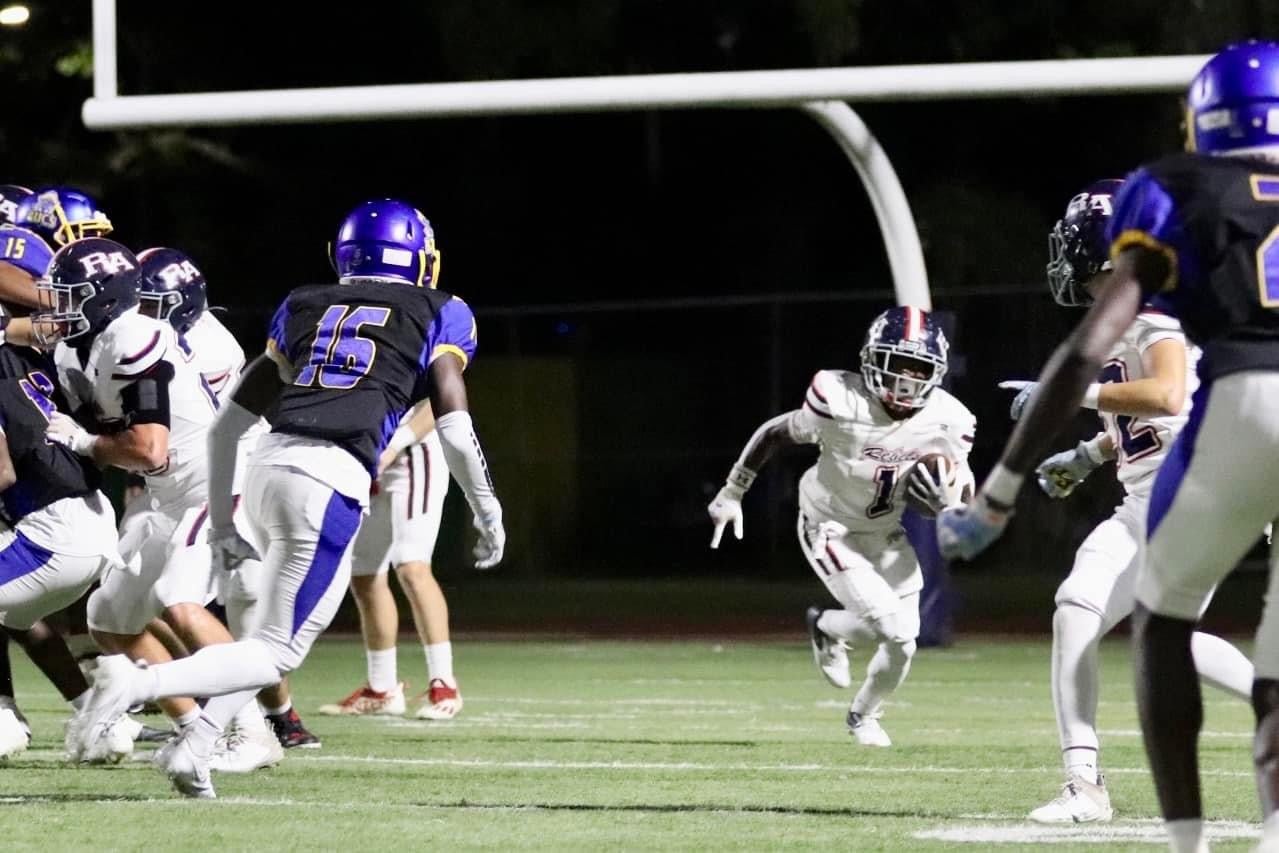OUTDOORS: Is offshore sportfishing about to be banned?
Published 12:00 am Monday, April 1, 2002
By DON DUBUC
Are sportfishing bans headed to Louisiana’s offshore fishing waters?
Fads and trends that begin in California often move eastward across the country. The idea of MPAs (Marine Protected Areas) is becoming increasingly popular.
The MPA concept is to designate offshore and nearshore areas as fish sanctuaries whereby no consumptive use is allowed. As to whether these no-fishing zones would increase fish by allowing them to restock fishable areas or simply put renewable resources out of the reach of anglers and divers has scientists divided.
Nevertheless, California appears to be the first to consider permanently banning sportfishing.
One area under consideration is the Channel Islands National Marine Sanctuary. The American Sportfishing Association is criticizing the move saying huge economic losses will result.
A report released by the ASA and the USAC (United Anglers of Southern California) says that if 40 percent of the sanctuary is closed as being considered as many as 2,700 jobs and $13 million in tax revenues could be eliminated from the state.
“These huge losses to the California economy aren’t even necessary,” said Mike Nussman, president and CEO of the ASA. “I challenge anyone to offer up scientific evidence that recreational fishing is causing a problem in the sanctuary. It’s extreme to lose fishing’s economic benefits with no science to back it up.”
Are sportfishing bans by National Marine Fisheries Service headed for Louisiana coastal waters? It may be closer than you think.
The South Atlantic Fishery Management Council has selected three sites off Florida’s east coast. Grouper, snapper and amberjack fishing will not be legal on any boats in the areas of Sea Bass Rocks off Hobe Sound, East and Unnamed Humps off Islamorada and a site off Jacksonville or St. Augustine.
State looks for big bass
The Louisiana Department of Wildlife & Fisheries wants your bass alive – but only the biggest.
It’s called the Lunker Bass Program, a dual plan to reward fishermen catching huge largemouth bass and to improve the quality of the state’s bass fishery.
In return for donating any legally caught largemouth bass weighing 12 pounds or more, the angler will receive a free fiberglass replica of their fish and a certificate of appreciation. The donated fish will be housed at the Booker Fowler Fish Hatchery near Alexandria where it will be spawned.
By releasing trophy class offspring, the LDWF hopes to increase the overall size of bass across the state. The current state record is a 15.97 pounder caught in Caney Lake in 1995.
Fishermen wanting to participate are asked to report their lunker to their local LDWF office or the 24-hour hot line at 800-442-2511 when the fish is caught.
Fish museum wish list
The Louisiana Marine Fisheries Museum in Lafitte may be the best-kept secret south of Interstate 10.
It’s located on the banks of the bayou on the northern edge of the town and is open for visitation from 10 a.m. until 4 p.m. Tuesdays through Sundays. Recently the museum has begun expansion into a new wing, which will more than double its size, according to Task Force Chairman Art Cormier. The museum’s goal is to show how Louisianians have used and depended upon fisheries and other natural resources from the colonial era to the present.
“With the expansion of the museum we have a greater need than ever for historical artifacts related to fishing and fur trapping,” Cormier said.
Although the museum needs everything from heavy equipment to labels off of seafood cans, certain items are especially needed for displays currently under design.
Included on their wish list are 1) Human mannequins to use in activity displays; 2) A fur trapping skinning knife and axe; 3) Fish mounts; 4) Old boat-building tools; 5) Shrimp drying platform equipment, especially a wooden chinee basket; 6) a Winchester Model 97 12-gauge shotgun; 7) A slaughter pole; and 8) Old recreational fishing equipment.
Cormier said old fishing, hunting and trapping photographs are welcomed and can be copied and returned. Donors or lenders can call Cormier at 504-436-4681. He will arrange pickup of items and appropriate credit.
DON DUBUC is the outdoors reporter for L’Observateur.





